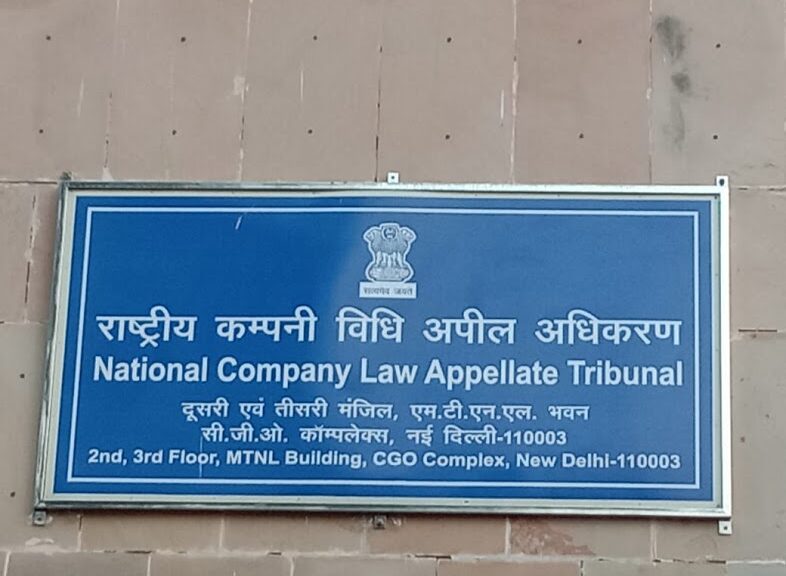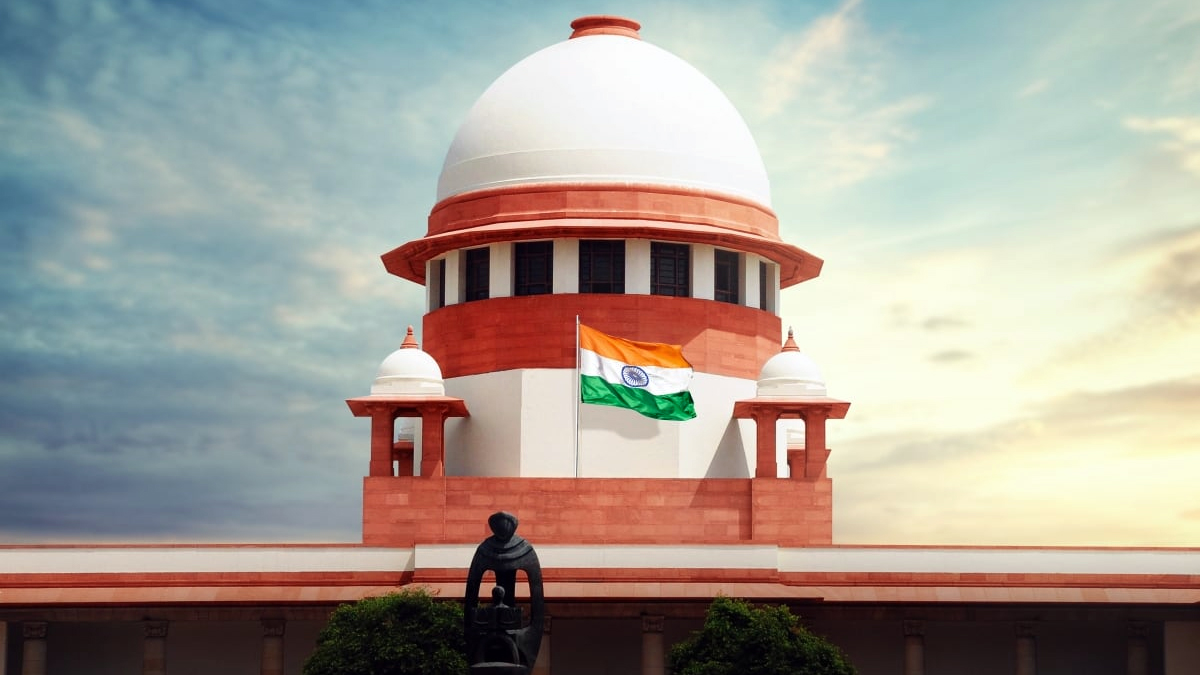
AMU Minority Status: Historical Origins, Sociopolitical Dynamics, and Stare Decisis Under Scrutiny
Last Updated on January 31, 2024 by News Desk
The seven-judge Constitution Bench in India has questioned the status of AMU, a college established during British rule. Senior Advocate Rakesh Dwivedi argued that Muslims were not a minority at the time of its establishment in 1920 and that Hindus and Muslims were equal sufferers under British rule. He also argued that the founders of AMU, led by Sir Syed Ahmed Khan, were loyalists to the British empire, and therefore, there was no subservience to the ruling group to qualify them as a’minority’.
The bench, led by the Chief Justice of India, expressed scepticism about using pre-constitutional circumstances to assess minority status under the Constitution. They argued that whether an institution was established before the Constitution can claim minority status. Senior Advocate Kapil Sibal, who supports minority status for AMU, argued that the Supreme Court in the judgement In Re: Kerala Education Bill held that the protection of Article 30 was available even to institutions established before the Constitution.
Dwivedi proposed three tests of determination borrowed from Western political philosophy: the numerical test, the test of non-dominance, and whether the community claiming the minority status considers itself to be a minority. The bench opined that the test of non-dominance should be seen contextually and that the political inclination of the founder of the educational institution alone cannot be the right tool to construe the essence of a minority.
The discussion during the hearings diverted to breaking down the concept of ‘dominance’ and how time is a relevant factor in influencing the application of the three proposed tests on defining minorities. The bench was of the view that dominance is a fluid concept and that the position of power can fluctuate with time and socioeconomic factors. Justice Khanna remarked that “dominance can keep on varying from time to time; if we talk about political dominance, it can vary from time to time.”
Countering the contention of the respondents that there existed no concept of the minority before the coming of the constitution, the CJI highlighted that it was the sociological differences prior to 1950 that enabled the formation of Article 30 in the first place. In a rally of question-answers, the CJI and Dwivedi analysed the socio-political events of partition and the making of Pakistan as prerequisites to the need to protect minorities in India.
Dwivedi explained that the formation of Pakistan upon the advocacy of the Two Nation theory had created a fear amongst the Muslims of being culturally dominated by the Hindus, who were now in majority in post-partition India. He expressed that those left behind were dependent upon the rule of majority under the constitution of India, which is likely to be elements most often from the Hindu community.
To illustrate that ‘numerical test’ alone may not be sufficient to ascertain minority status, Dwivedi gave the example of the State of Kerala, where no single community has a population above 50% and different communities of Hindus, Muslims, and Christians separately constitute only 33–35% of the population. He contended that applying the simple numerical test alone wouldn’t suffice for the meaning of’minority’..
Enunciating on the principles of Stare decisis, the senior counsel rested his case by contending that the decision in A Basha for more than 50 years has not been challenged in any other rulings of the Supreme Court and that it was crucial that Basha’s observations not be negated.
The Allahabad High Court’s 2006 ruling that AMU was not a minority institution is the basis for a reference being heard by a bench chaired by Chief Justice DY Chandrachud. The case raises questions about the eligibility of a university founded under the AMU Act 1920, the validity of the 1967 ruling in S. Azeez Basha v. Union of India, and the 1981 revision to the AMU Act.
Case Tilte: ALIGARH MUSLIM UNIVERSITY THROUGH ITS REGISTRAR FAIZAN MUSTAFA vs. NARESH AGARWAL
Written by: Srijan Raj, @procrastinate_human



